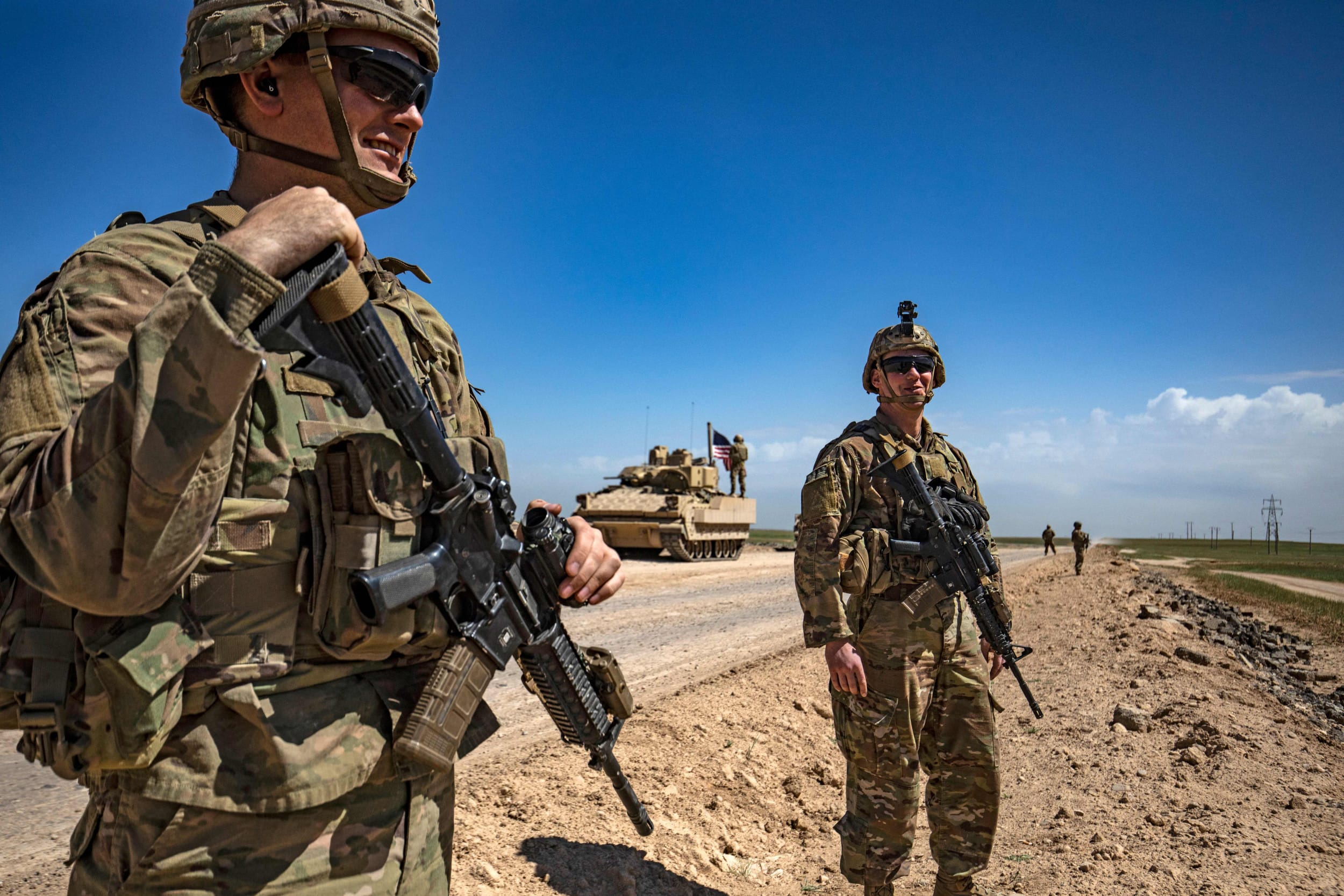The United States has recently escalated its military operations against the Houthi movement in Yemen, reflecting a strategic shift in its approach to regional security amid rising tensions involving Israel. This increase in military engagement comes at a time when the geopolitical landscape in the Middle East is particularly volatile, with various factions vying for power and influence.
The Houthis, a group that emerged from northern Yemen, have been involved in a protracted conflict against the internationally recognized Yemeni government since 2014. Their actions have drawn significant international concern, especially as they have been accused of receiving support from Iran. The U.S. government has designated the Houthis as a terrorist organization, citing their attacks on civilian targets and their role in exacerbating the humanitarian crisis in Yemen.
In recent weeks, the Biden administration has authorized a series of airstrikes targeting Houthi positions in an effort to disrupt their operational capabilities. This military action is seen as a necessary response to the group’s continued aggression, which includes missile and drone attacks that threaten not only regional stability but also U.S. allies, particularly Saudi Arabia and the United Arab Emirates.
The backdrop to this intensified military focus is the ongoing conflict involving Israel, which has seen a resurgence of violence and hostilities in recent months. As tensions flare, the U.S. has reiterated its commitment to supporting its allies in the region, including Israel, while also addressing the threats posed by groups like the Houthis. The interconnectedness of these conflicts underscores the complexity of U.S. foreign policy in the Middle East, where multiple layers of conflict and alliances often intersect.
The U.S. military’s engagement in Yemen is not without its challenges. The humanitarian situation in Yemen is dire, with millions of people facing famine and displacement due to the ongoing war. Critics of U.S. military involvement argue that increased strikes could further complicate the humanitarian crisis, leading to more civilian casualties and suffering. The U.S. administration has emphasized the need to balance military action with humanitarian considerations, pledging to support relief efforts while pursuing military objectives.
Furthermore, the escalation of strikes against the Houthis may also have implications for U.S.-Iran relations. The Iranian government has been a vocal supporter of the Houthis, providing them with military and logistical assistance. As the U.S. ramps up its military presence in the region, there are concerns about potential retaliatory actions from Iran, which could further destabilize an already fragile security environment.
The U.S. military’s strategy in Yemen also involves cooperation with regional partners. Intelligence sharing and joint operations with allies are crucial components of the U.S. approach. This collaborative effort aims to enhance the effectiveness of military operations against the Houthis while ensuring that regional partners are actively involved in addressing shared security challenges.
As the situation unfolds, the U.S. will need to navigate a complex web of alliances and enmities in the Middle East. The interplay between the conflicts involving the Houthis and the situation in Israel will require careful diplomatic engagement and strategic planning. The Biden administration faces the challenge of addressing immediate security threats while also considering the long-term implications of its military actions.
In conclusion, the U.S. has amplified its military strikes against the Houthis in Yemen as tensions rise with Israel and other regional players. This escalation reflects a broader strategy to counter threats in the region while supporting allies. The complexities of the situation necessitate a nuanced approach that balances military action with humanitarian concerns and diplomatic efforts. As the U.S. continues to engage in Yemen, the outcomes of these military operations will be closely watched by both regional and international observers.



